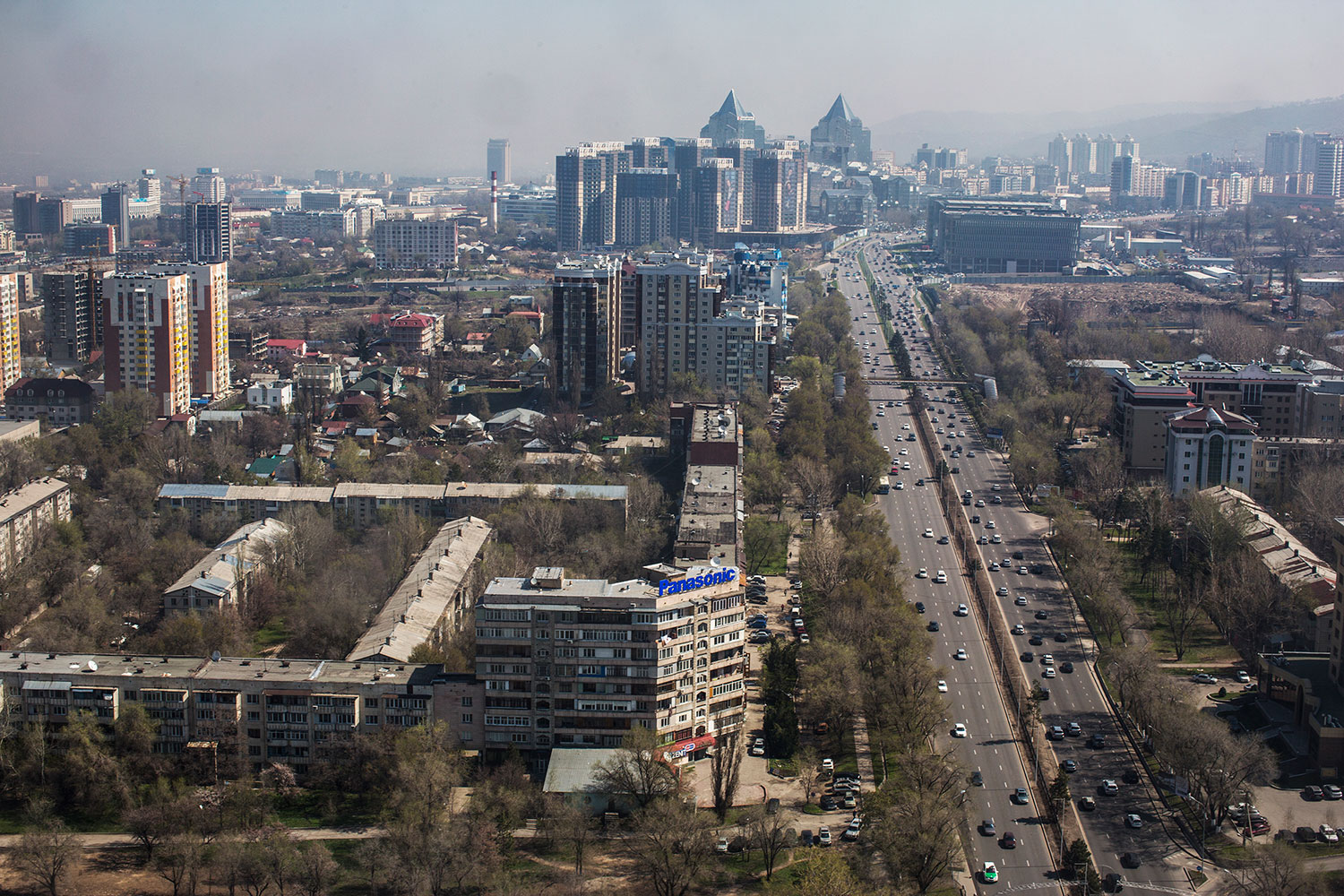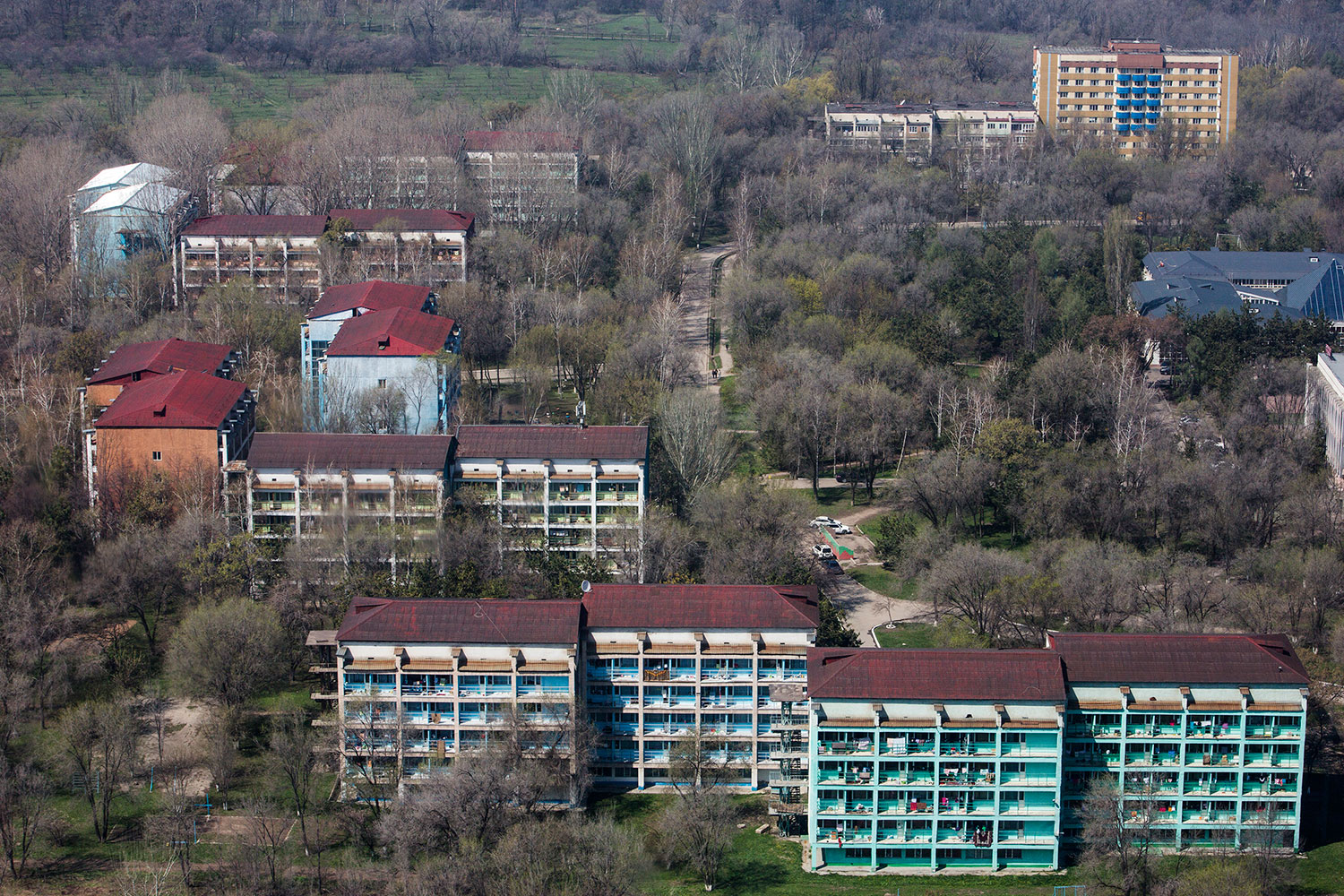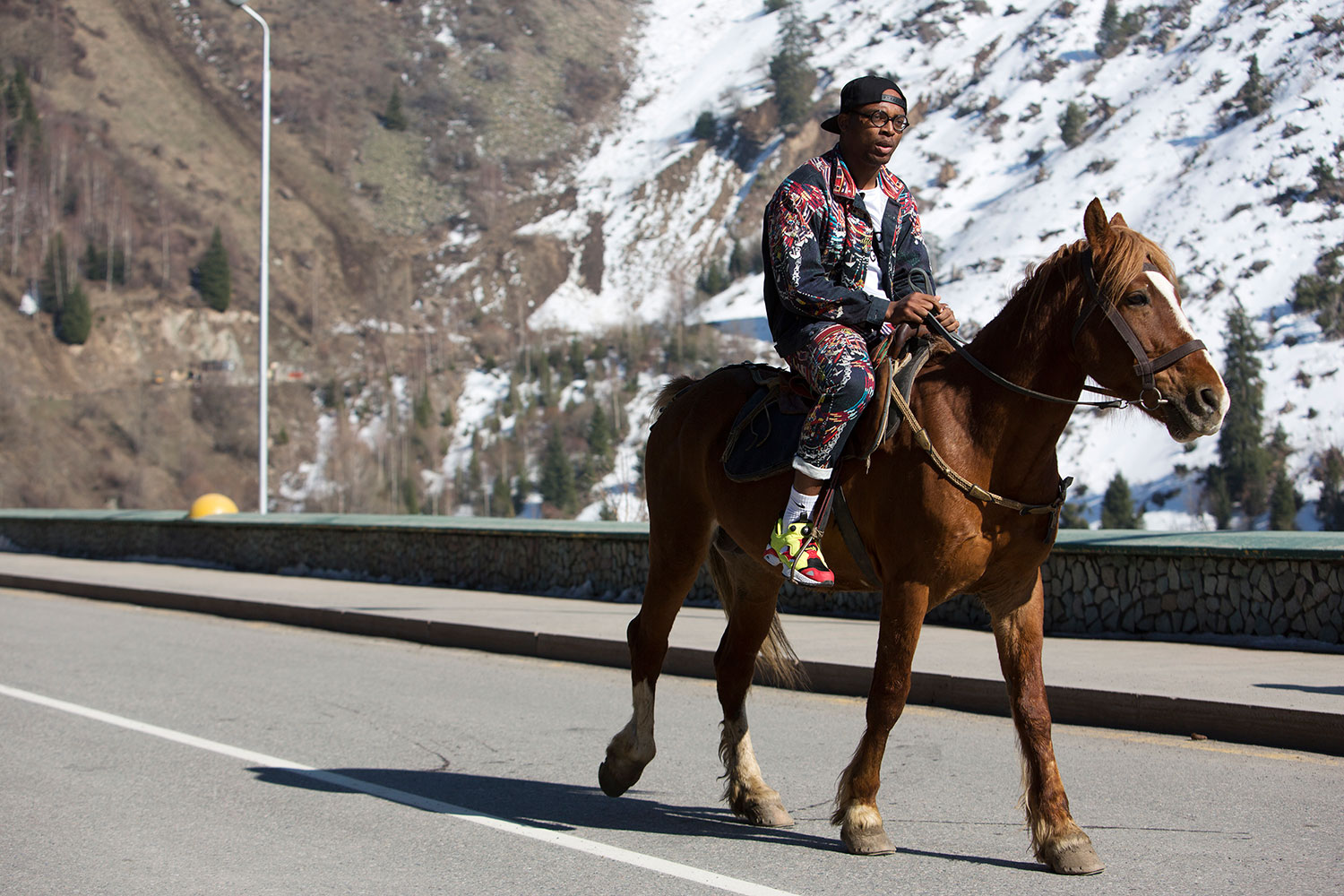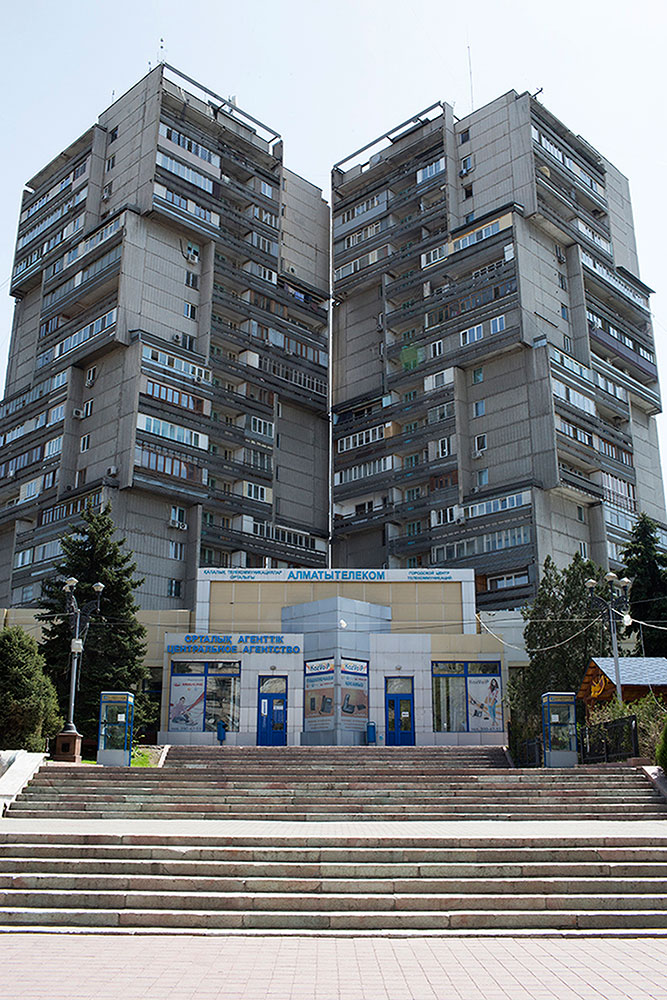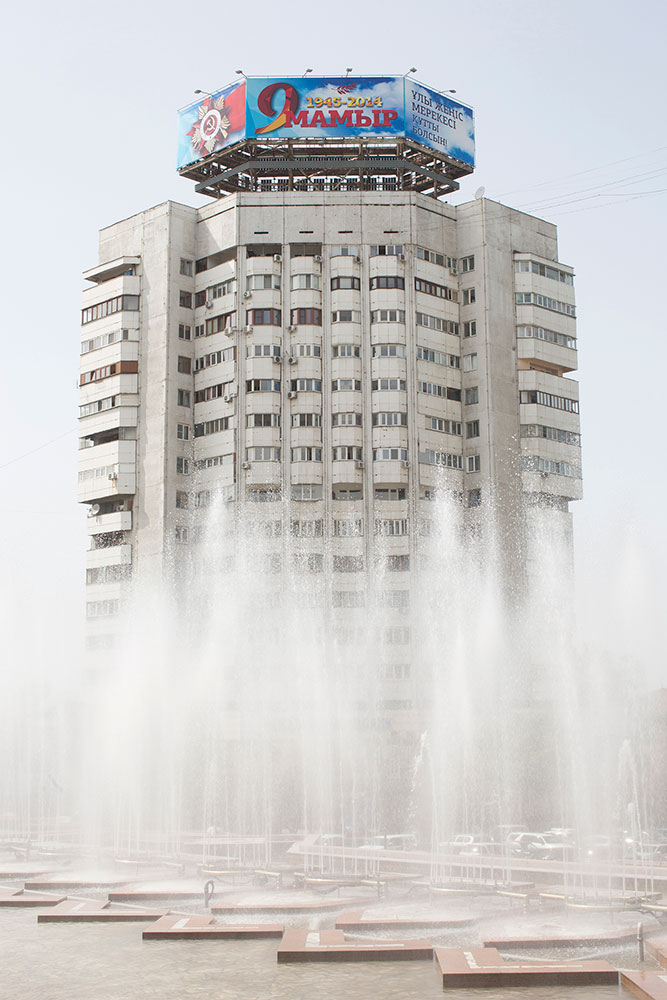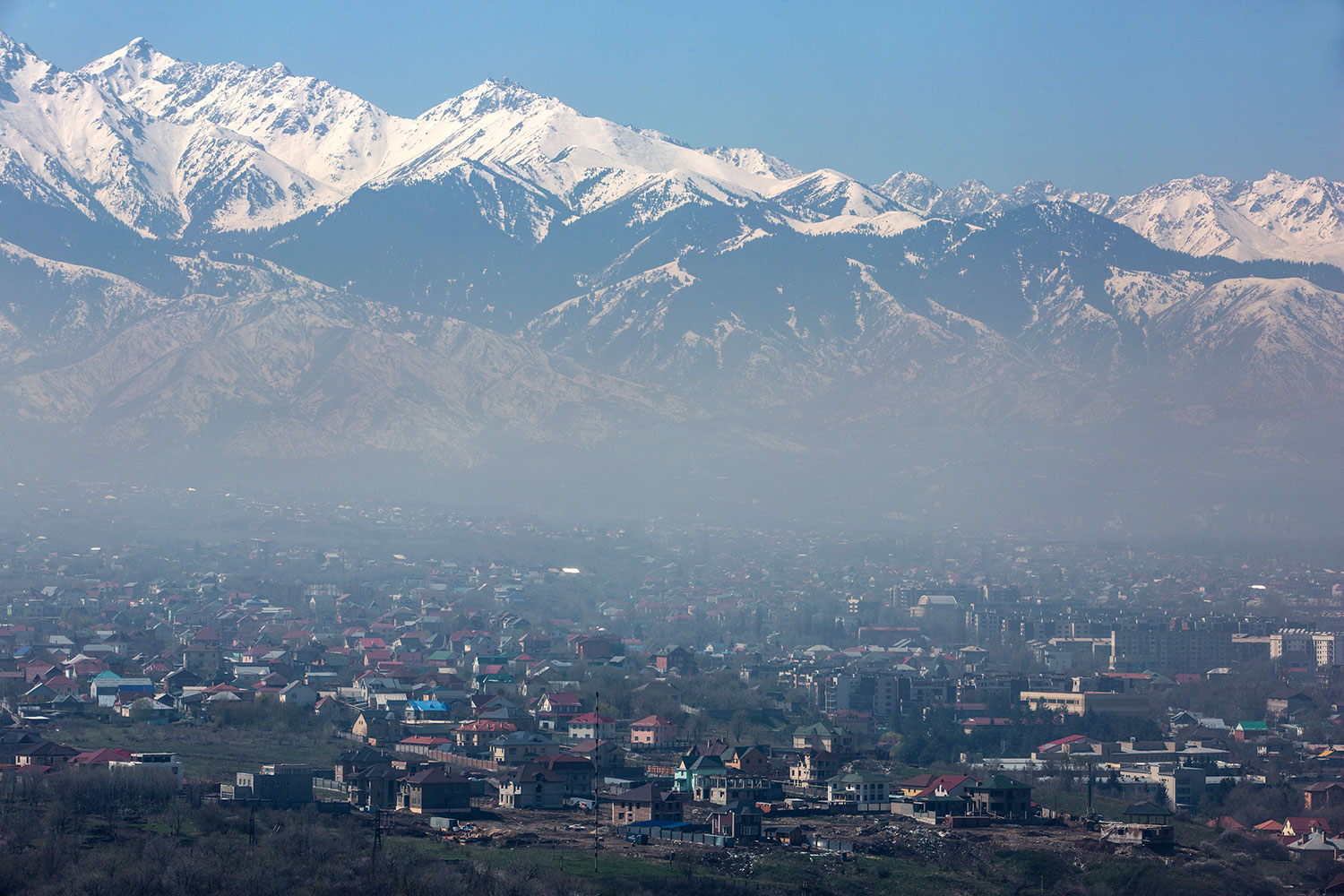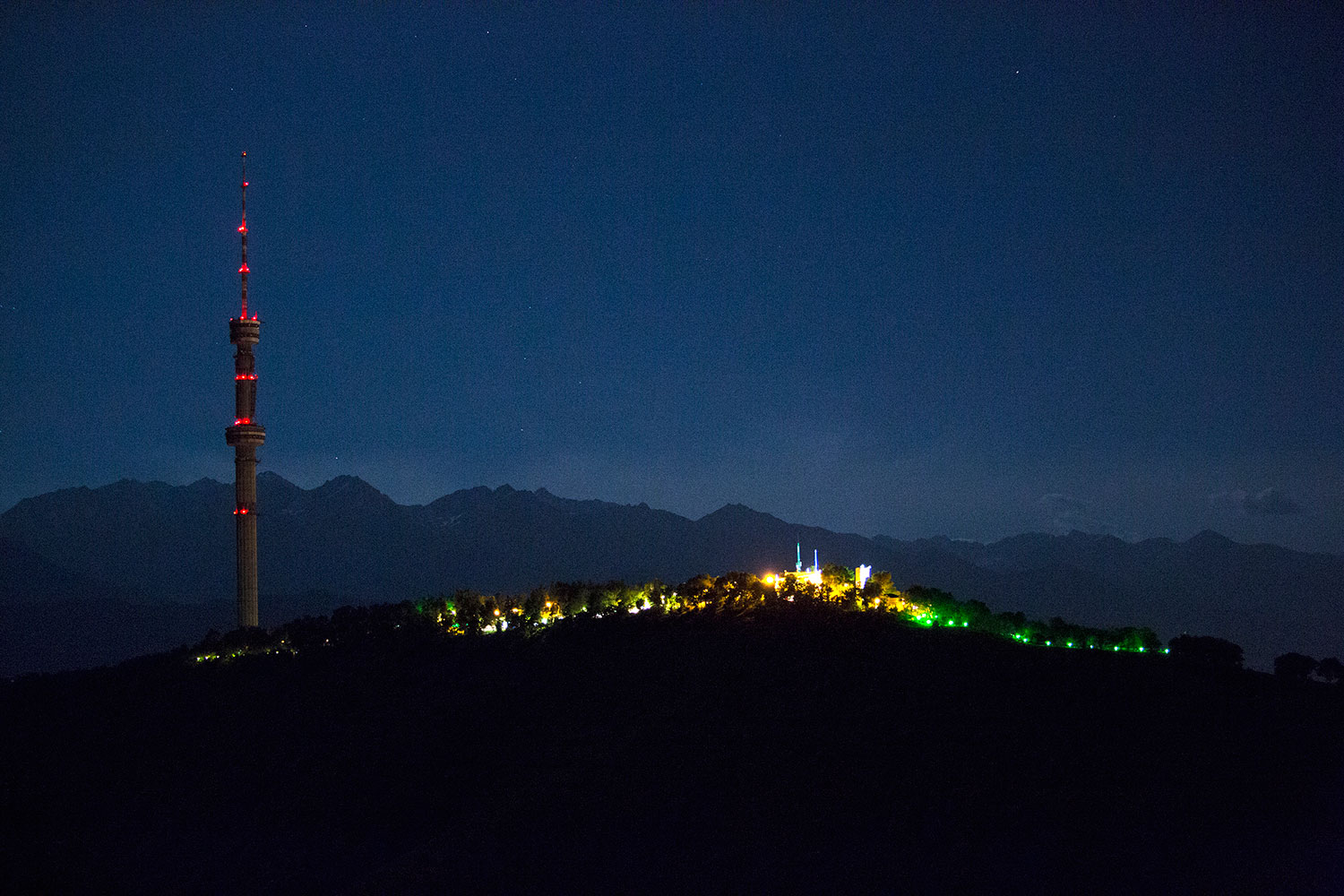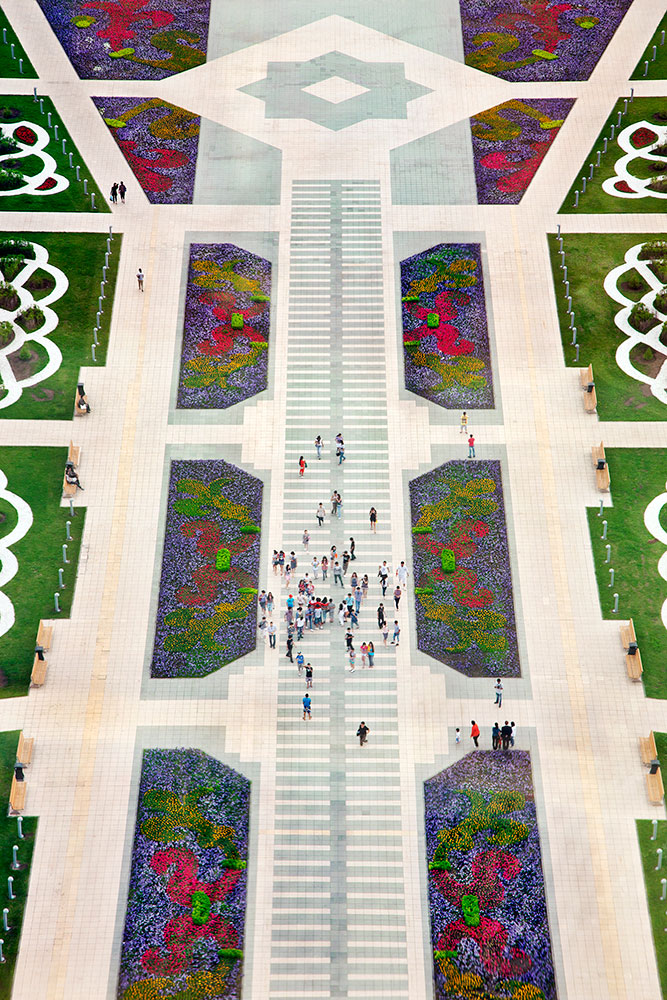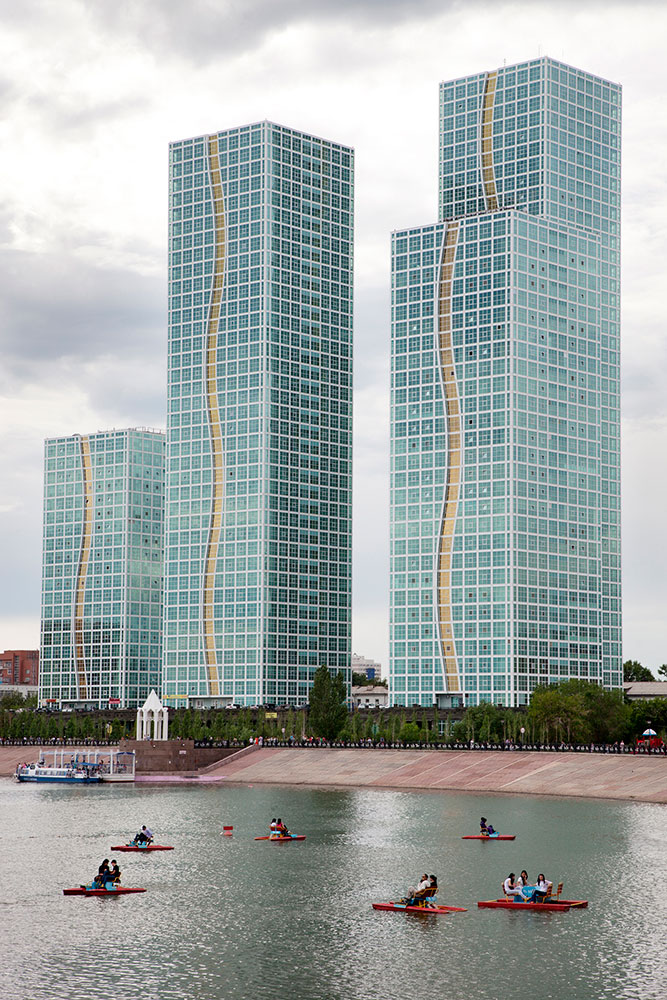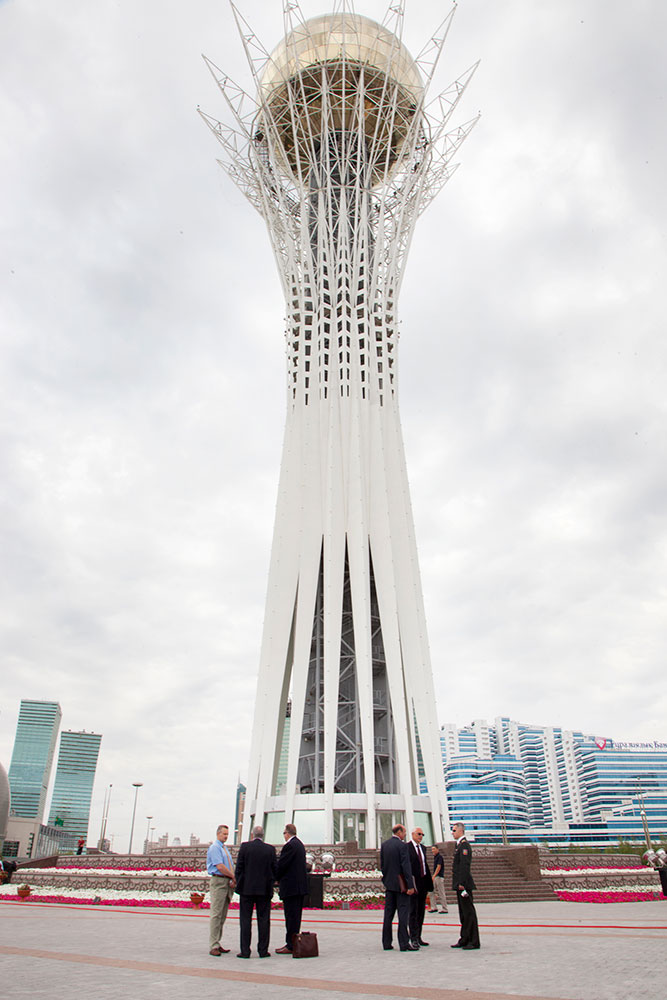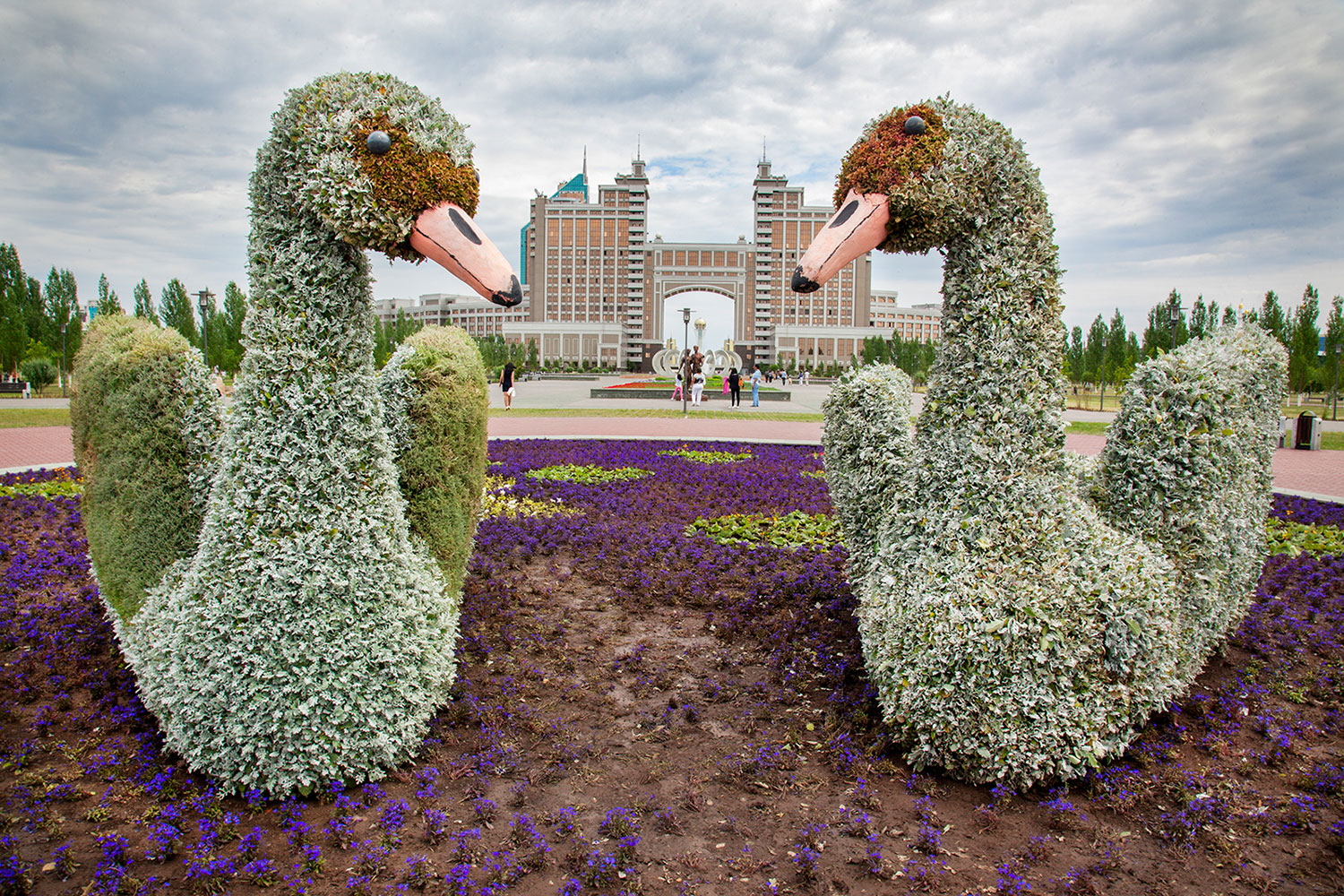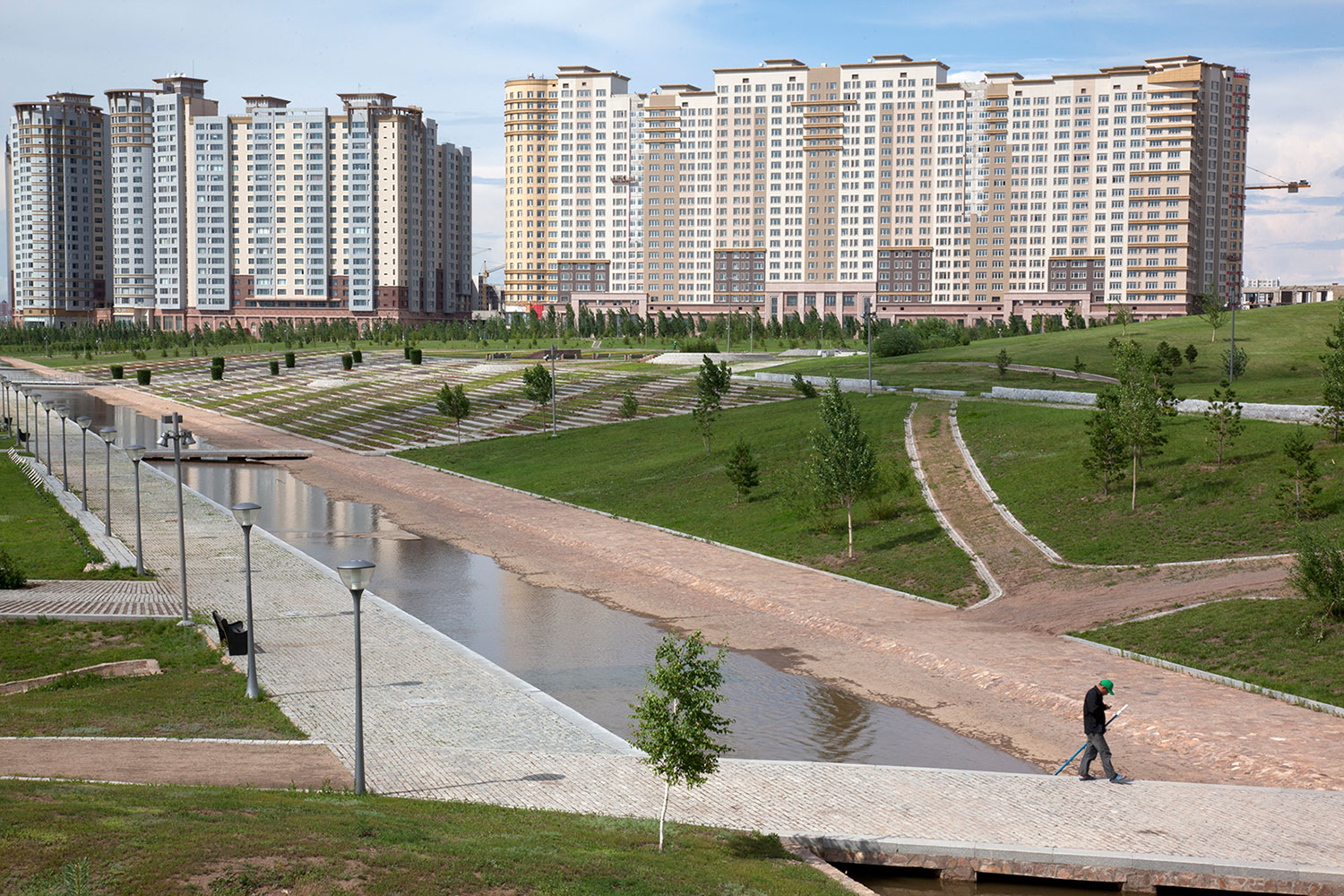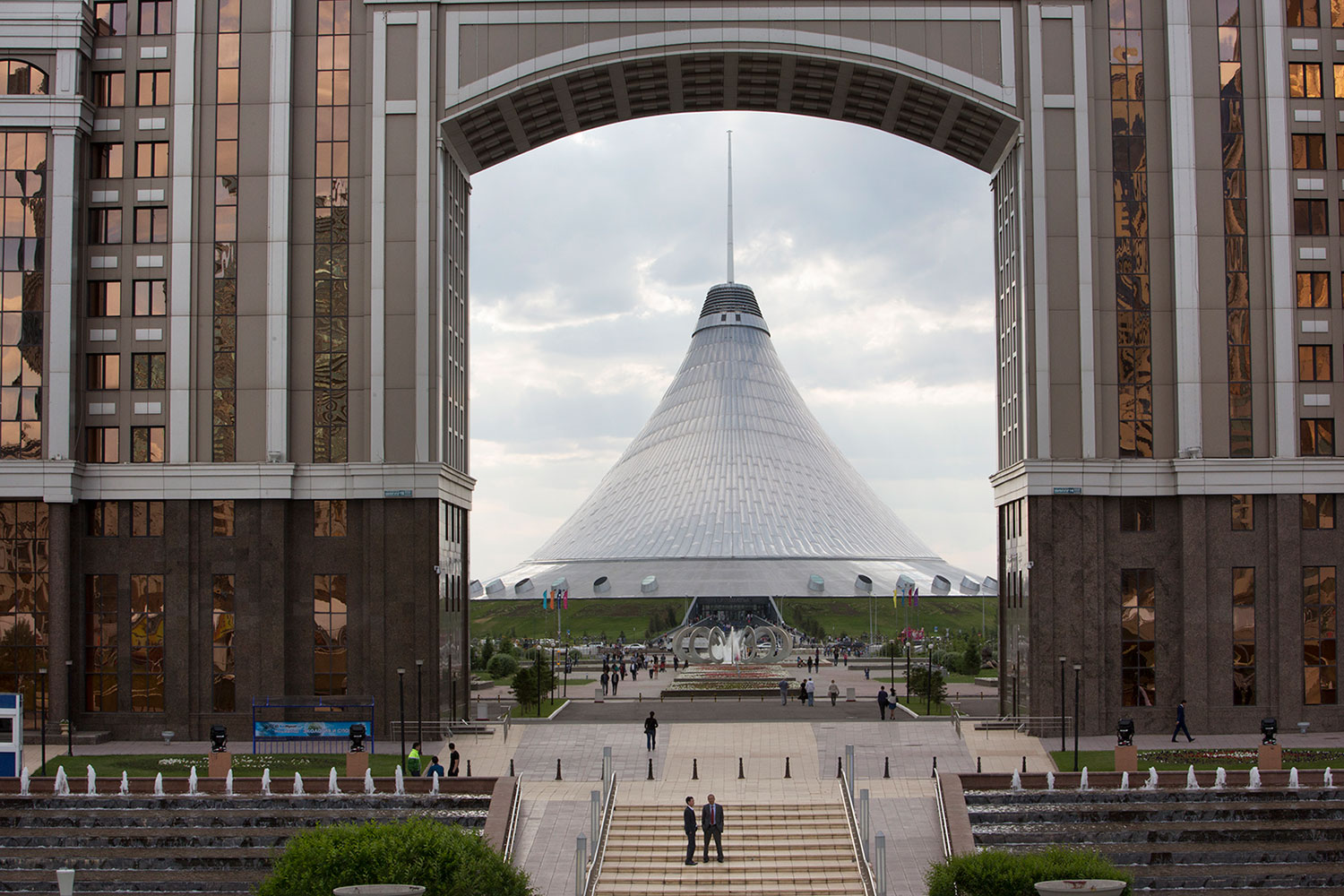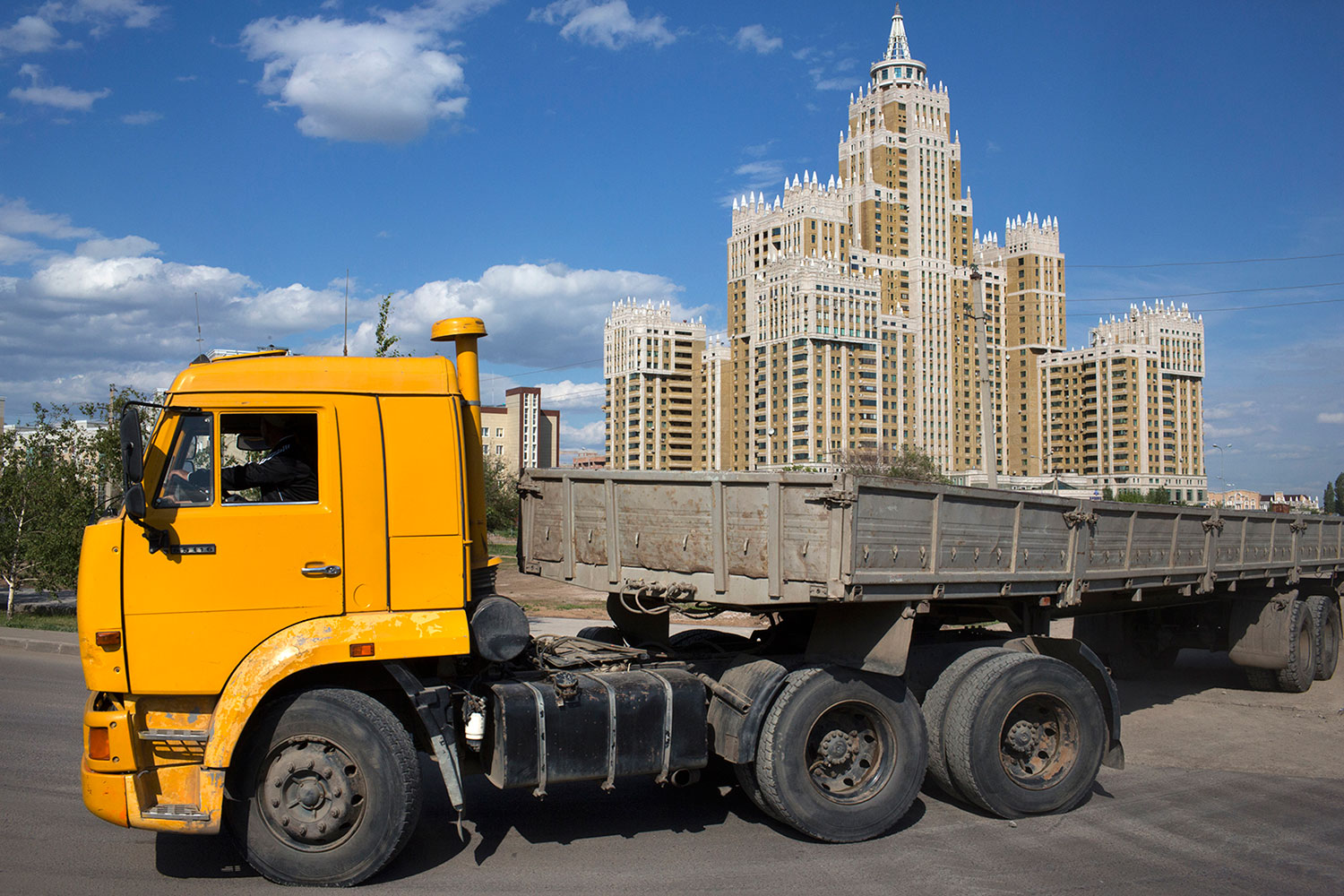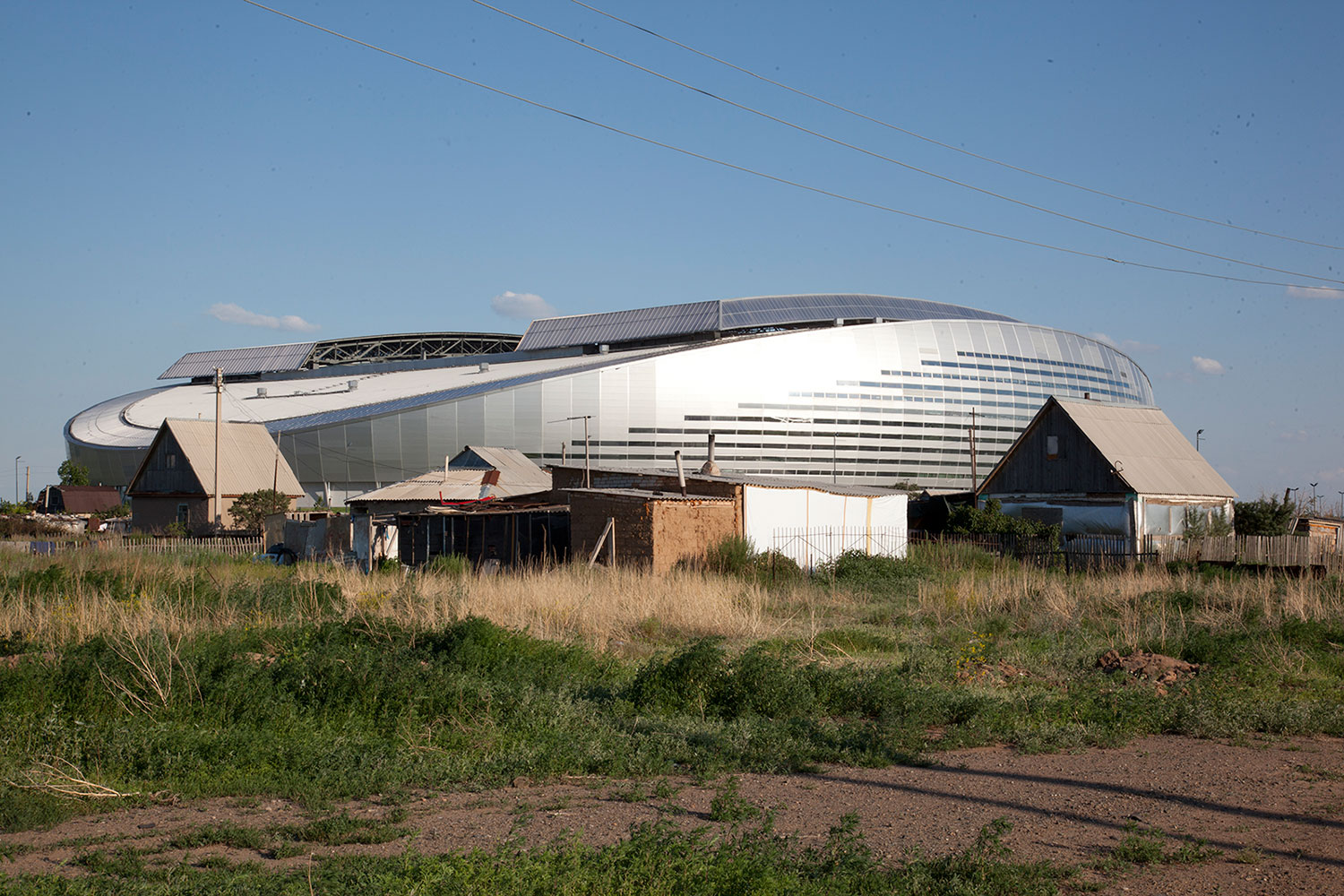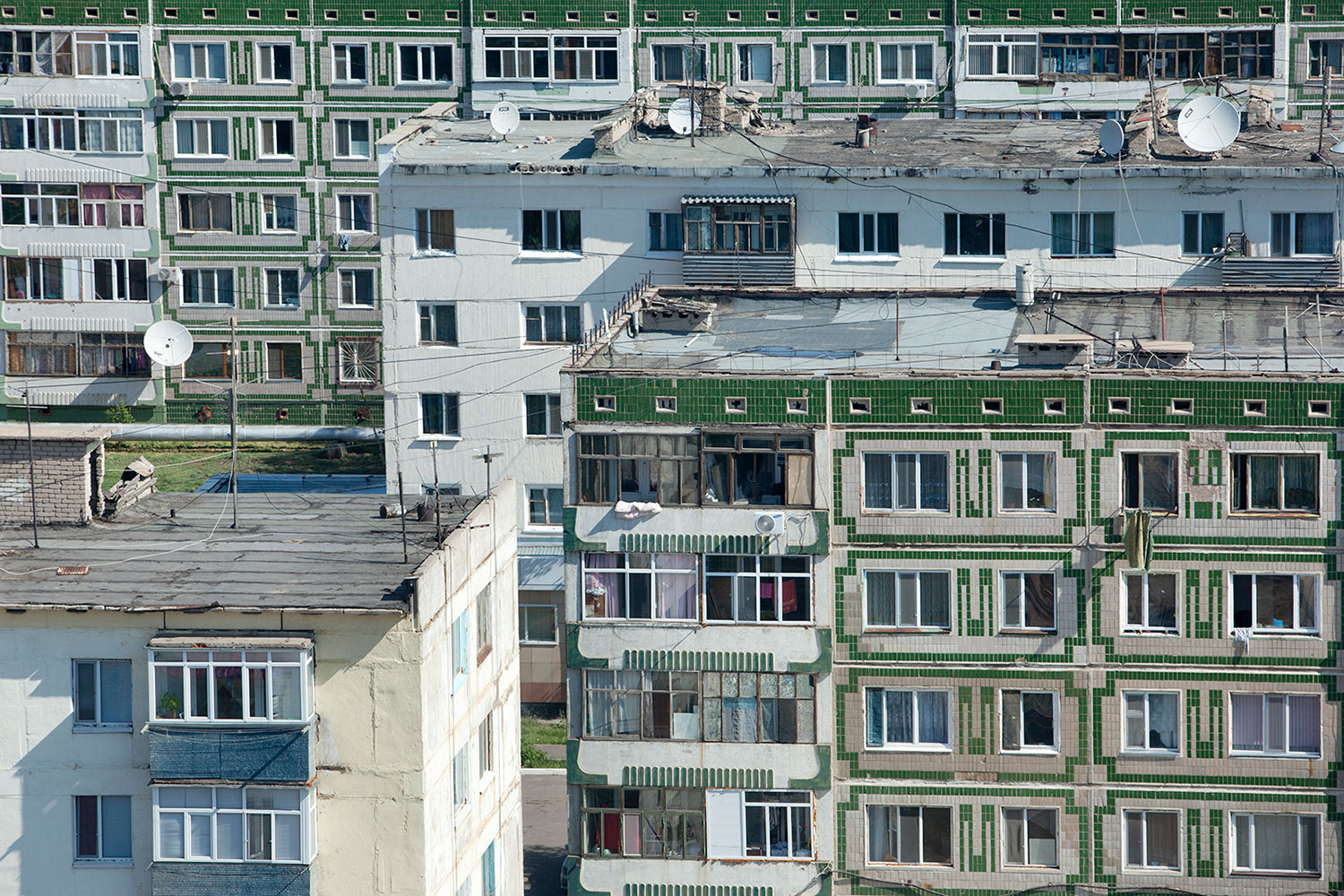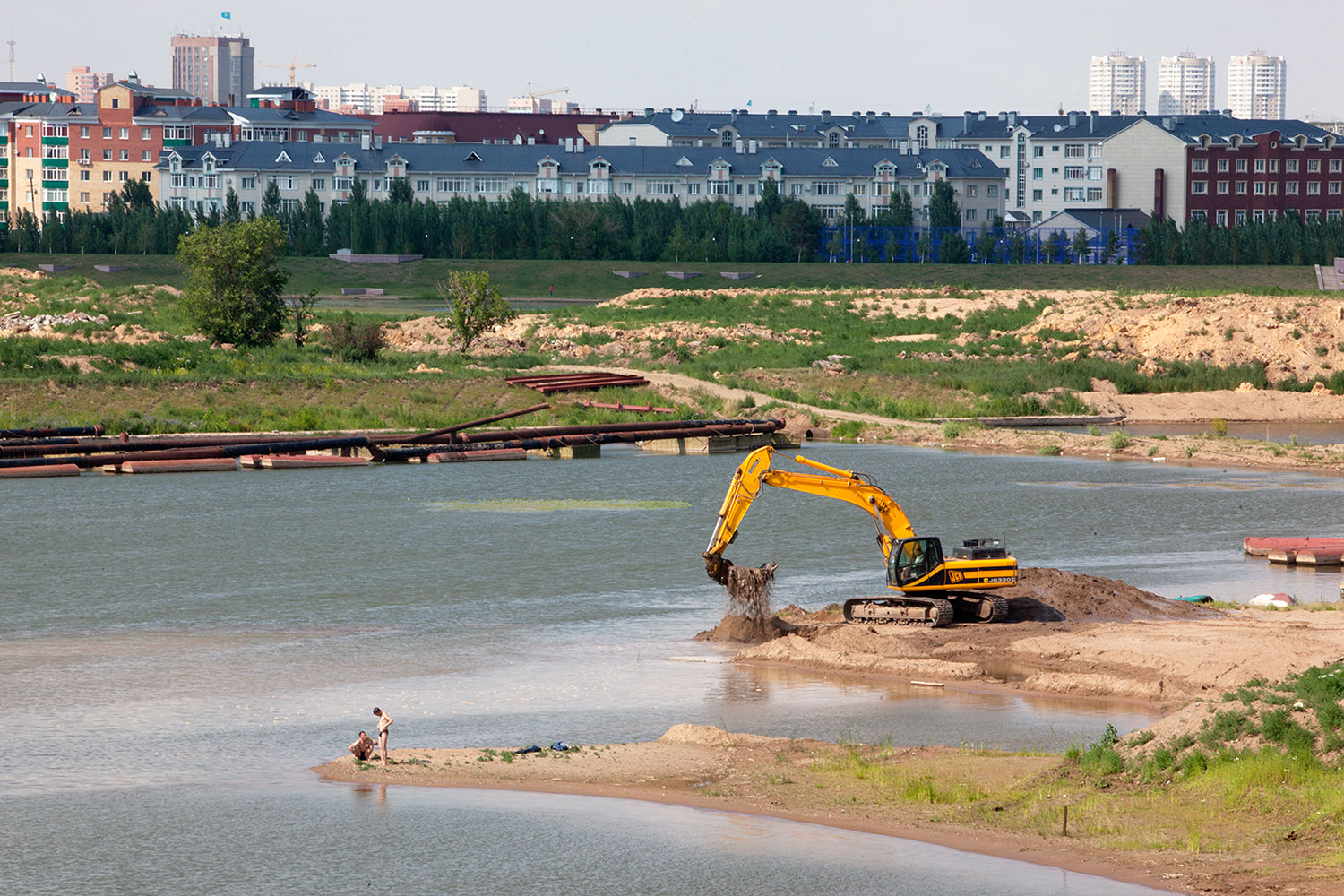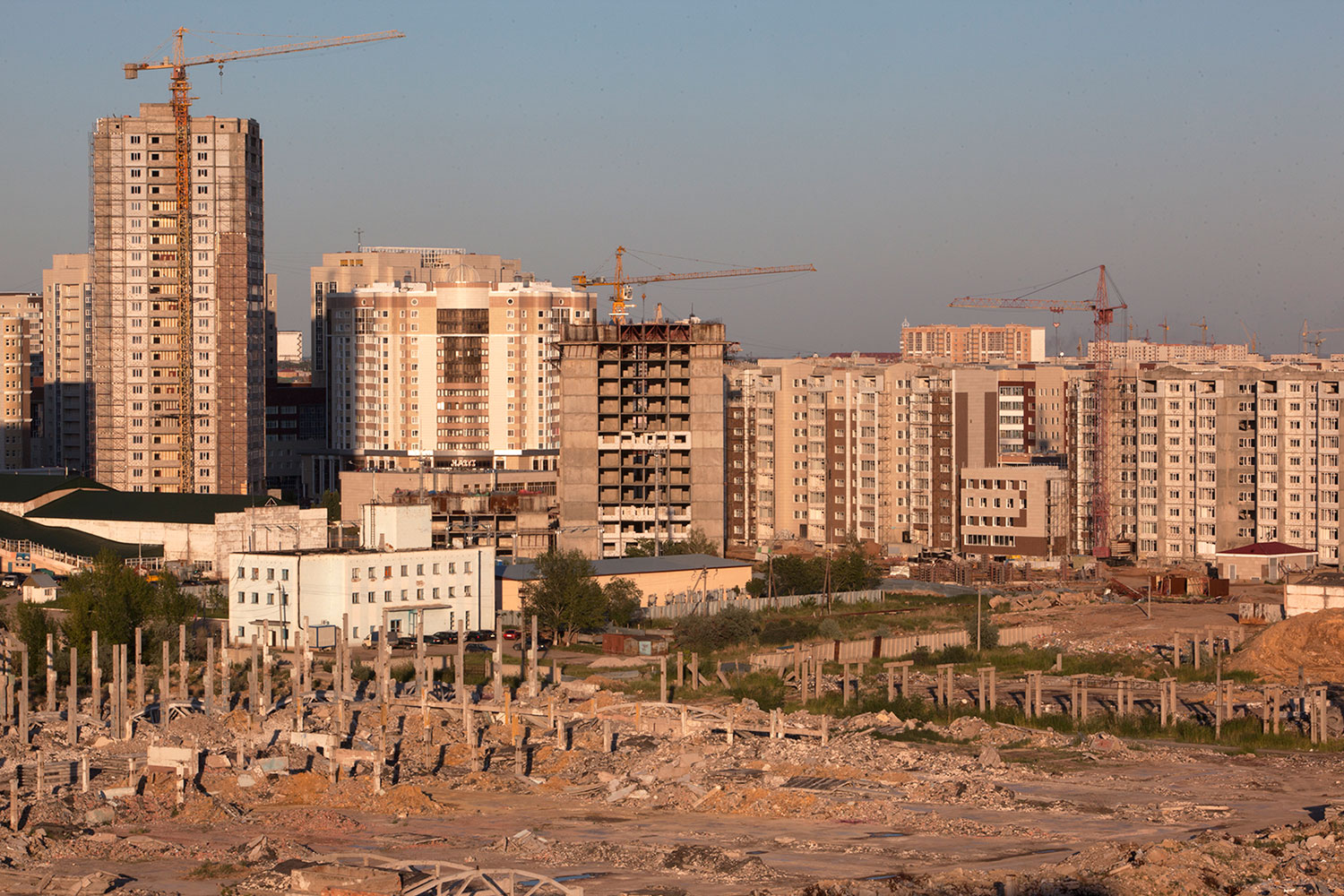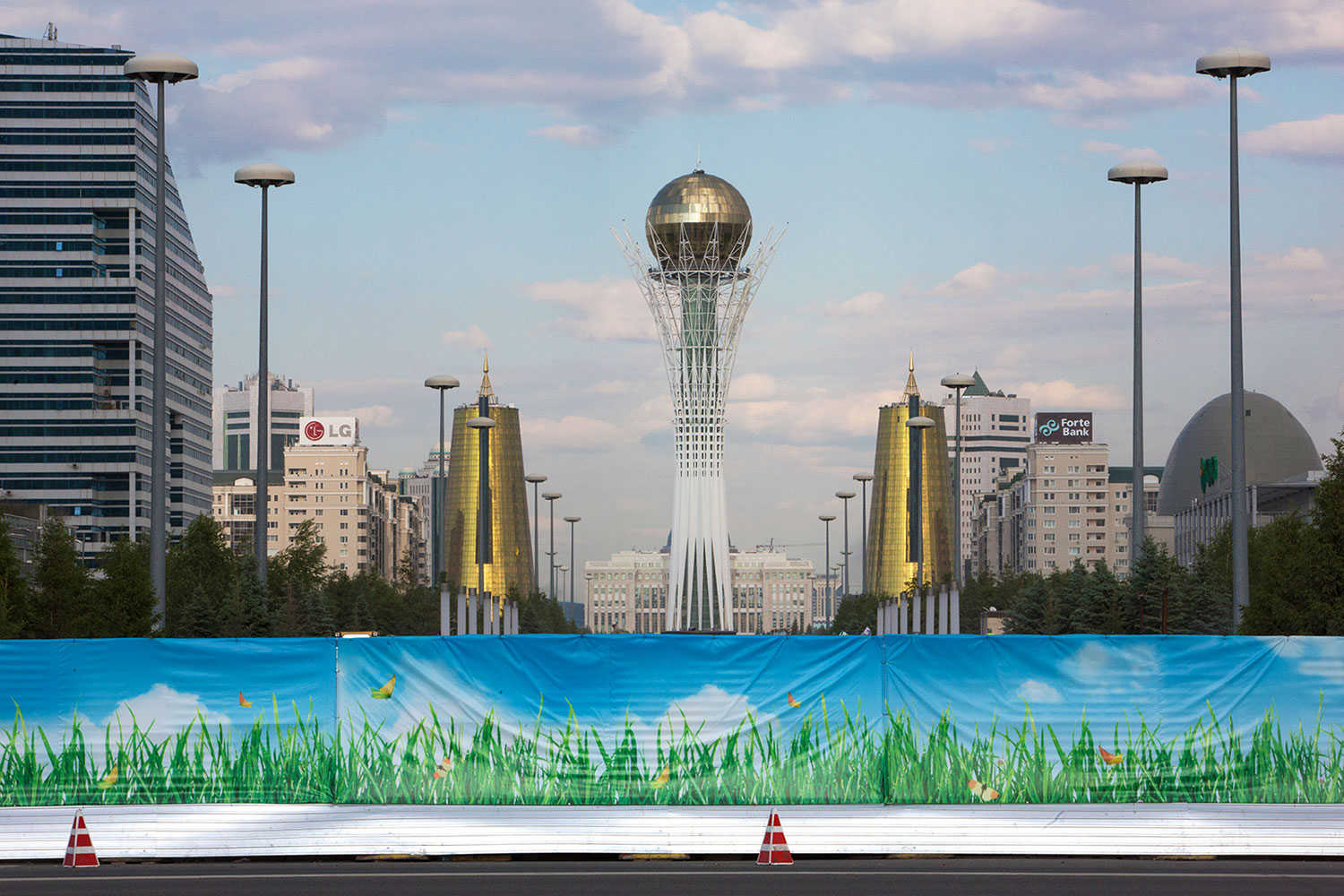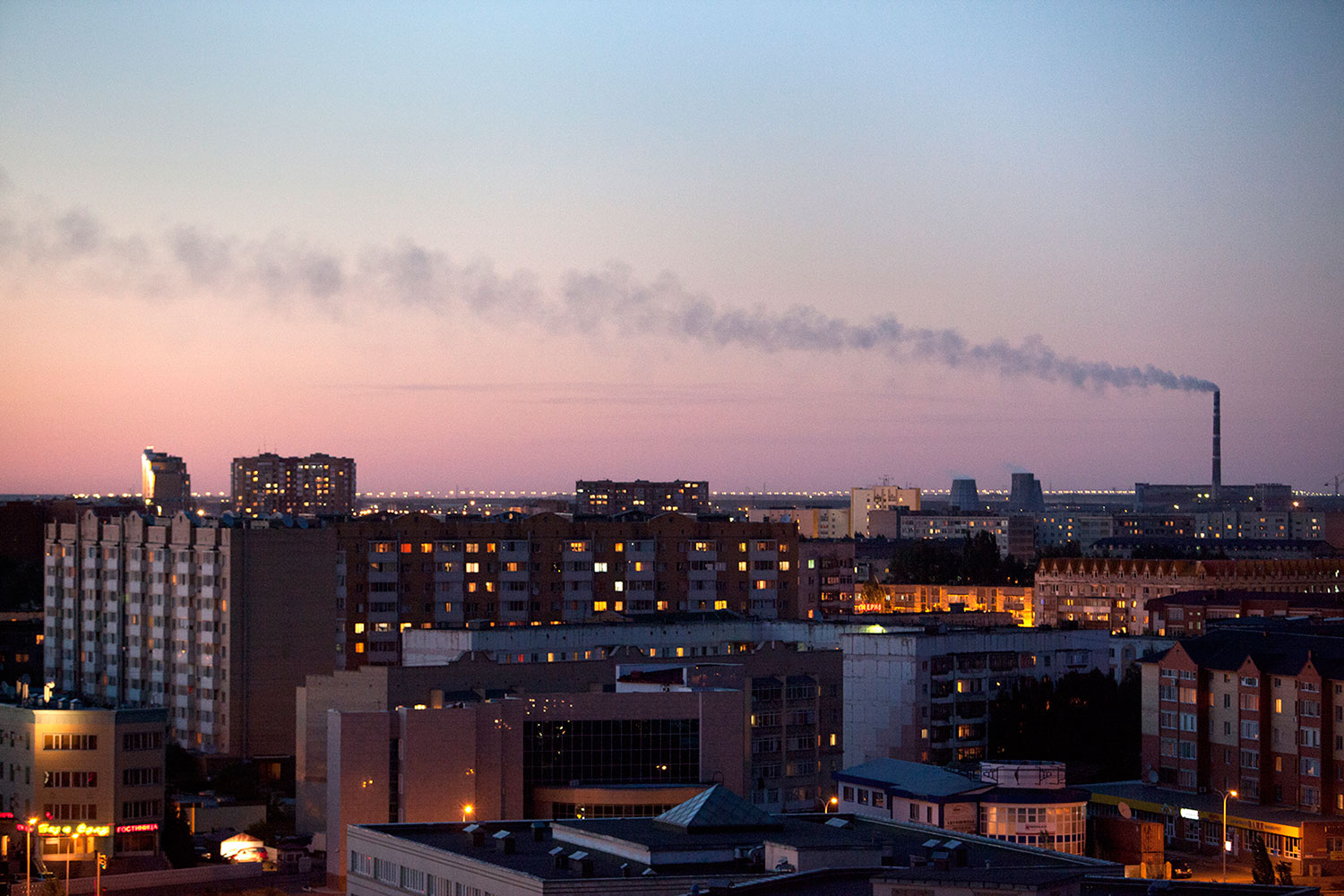A tale of two cities: Ryan Koopmans photographs the old and new capitals of Kazakhstan
At the end of 1997, the Supreme Council of Kazakhstan ratified the decision to transfer the capital of the country from Almaty to Akmola, a smaller settlement on the northern steppe that took on the name Astana — “capital” in Kazakh. This represented a 1,000-odd kilometre shift from south to north: from the foothills of the looming Trans-Ili Alatau mountains to the dry plains of the central Kazakh desert; from a population of a million to one of a few hundred thousand; from established cultural preeminence to artistic tabula rasa.
Koopmans’s images of Astana convey the dizzying rate of construction that has made the city into something like a post-modern, Central Asian Brasilia
Amsterdam-born and raised in Vancouver, photographer Ryan Koopmans has worked in Kazakhstan’s old and new capitals at various points over the past four years, capturing the contrasts that define the country as it approaches its third decade of independence. His images of Astana convey the dizzying rate of construction that has made the city into something like a post-modern, Central Asian Brasilia. Enormous tower blocks and meticulous gardens assume almost nonsensical proportions — Koopmans says that he is “drawn to Kazakhstan’s open space and massive sense of visual scale,” and the country’s huge expanses of empty steppe provide endless canvas for further expansion in the windswept north.
Despite maintaining a much greater population, Koopmans’s Almaty seems much more organic in comparison. The mountains dwarf the man-made structures beneath them, and the weathered residential blocks and Soviet modernism of the city’s administrative centres are throwbacks to a departed era. Still, it would be a mistake to think that the growth of Astana has relegated Almaty to secondary importance. It accounts for a tenth of Kazakhstan’s population and a fifth of its economic activity, and the smoking stacks of factories and unbroken stretches of pipeline through its mountain hinterlands speak as much to Kazakh modernity as the glass and steel of its successor.
Ironically enough, Koopmans says that his initial interest in the Soviet Union was focused on the homogeneous concrete blocks of large Russian cities; in his words he has “geographically worked backwards” from “the far edges of the empire”. He cites Almaty’s location at the crux of several regional cultures — Kazakh, Russian, Uighur amongst others — and its open-minded youth culture as aspects of its appeal. Future work documenting the architecture of western Kazakhstan, as well as trips to Turkmenistan and further afield are in the offing.
Kazakhstan has provided a rich source of material for a photographer interested in the points of intersection between the natural and the manmade. As Kazakhstan remakes itself, it remakes the landscape and rearranges old relationships that had structured locals’ understanding of power, architecture and the links between them.
Text: Samuel Goff
Image: Ryan Koopmans
